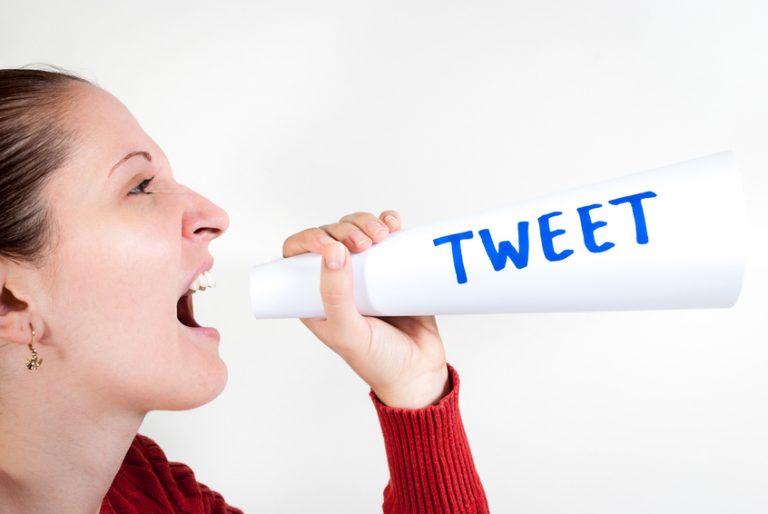
Initially, the concept of ‘coronavirus content’ seemed crass. Everyone was an armchair epidemiologist and you couldn’t move for the C word.
But now, a few months down the line, it’s abundantly clear that the pandemic plays into every facet of life and business. You have to discuss it. One thing that was apparent early on in COVID-19’s spread across the UK, particularly in the food sector, was the fact that many brands just weren’t prepared for the shift from physical to digital.
I’ve spoken to brands that haven’t been able to make that change fast enough – their businesses have been too reliant on traditional media such as out-of-home (posters, bus panels etc) and TV spots. Where ecommerce was concerned, perhaps they’d got as far as selling their products via third parties like Amazon, to supplement their traditional retail channels.
When coronavirus hit, some of these brands lost grip of their customers and their marketing. Coronavirus not only highlighted the importance of digital, but accelerated it in every possible way.
Well before the world changed, my team was working with our premium pet food client, Natures Menu, on a strategy to reach customers more directly. We trialled the Facebook Shops platform as a way of testing this out before we committed to direct-to-consumer (DTC), which would involve the expense of building a properly optimised ecommerce capability within the Natures Menu website.
Once the pandemic struck, Natures Menu found itself in exactly the right place – with a fully functioning, owned channel to communicate and sell directly to new and existing customers. This was especially important at a time when some people were increasingly reluctant to venture outdoors to shop for products in the usual way. Moreover, having your own DTC sales channel is a more flexible, authentic way to connect with customers.
That’s not to say everything has to be perfectly lined up in order to instigate change – brands just have to be agile. Organic baby food business Piccolo launched a temporary online store in just three days during the pandemic, in order to ease pressure on supermarkets and ultimately make things more convenient for its core consumer base: parents who’re having to look after kids, and probably hold down jobs, during lockdown. Delivery was free and options included month’s supply packages and cooking bundles.
Should Piccolo have operated an online store beforehand? Probably, yes – parents are time-poor whether they’re working nine to five in lockdown or not. But look at what the brand had to offer customers after just three days of site-building, compared to the usual way it displays products on Amazon: the difference is night and day. Piccolo hasn’t tried to emulate a third-party retailer – its DTC function has given buyers something they can’t get elsewhere.
And that’s really where social media comes into play – the likes of Facebook and Instagram give brands the chance to boost commerce in a seamless, authentic way. The platforms are there, the tech’s there, the audience is there – the brands just need to be there, too.
But that doesn’t just mean blindly pumping all your media spend into social – it’s got to be effective. Neuroscience can be used to accurately measure the type of messaging that will and won’t work for consumers. During the pandemic we have found ways to remotely measure consumer response to brand messages online. Getting real responses from real people improves the quality of your marketing, and means that your campaigns are more likely to work their way to the top of people’s feeds when they’re browsing online.
This has been invaluable during lockdown, and the need to deliver hyper-focused comms will only be amplified as restrictions are eased. There will be more pressure on marketing budgets and less risk-taking; using neuroscience instantly de-risks the decision, taking away the ‘gut instinct’ present in many marketing campaigns.
That flexibility, in turn, allows you to change behaviour – fast. Usually, brands have to spend a great deal of time embedding themselves in customers’ hearts and minds, building affinity and earning loyalty. When you look at Natures Menu, its DTC function wouldn’t have been as effective without social – it needed the high visibility and agility to get the message out there fast, solidify a relationship and lead consumers straight to the point of sale. Social, digital and ecommerce all play an equal part in success here, converging to create an iron-clad strategy.
The pandemic has poked holes in brands’ digital strategy, and it’s high time they fixed it. Convenience plays into food just as much as it does with anything you can get same-day delivery for – especially during a lockdown situation, where people want items delivered fast.
Once things go back to ‘normal’ – whatever and whenever that may be – food brands can’t regress. They can’t rely as heavily as they used to on physical, traditional promotion and marketing. Digital – and in particular, social – has more than proven its worth during the pandemic, and gives customers a genuine reason to interact with and purchase from your brand, wherever they may be.
Liz Richardson is managing director and partner at HeyHuman and a member of FoodNavigator’s Expert Advisory Panel